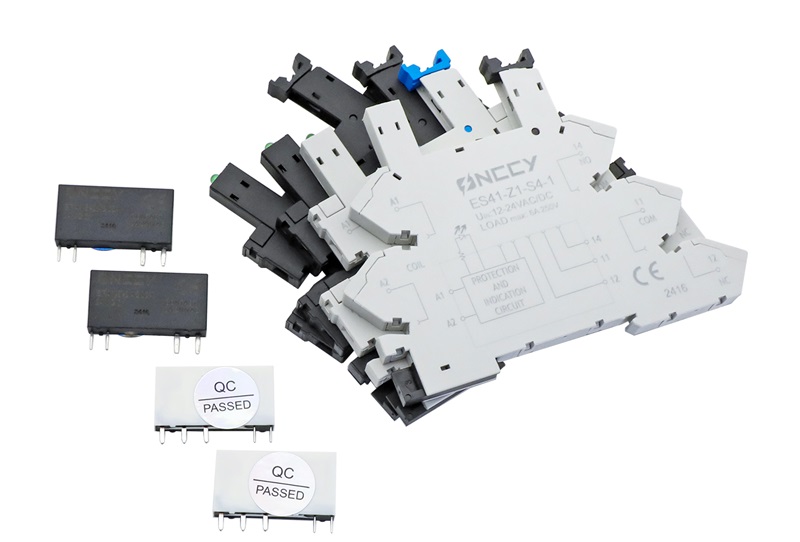Problem:Are you struggling to understand how a relay works or how to wire one correctly? You’re not alone! Many people find the technical aspects of relays—those small but mighty components in automation systems—confusing. Misunderstanding can lead to faulty wiring, malfunctions, and even costly damages in your electrical systems.
Agitation:Imagine this: You’re setting up an automated system, excited to see everything in action. But suddenly, nothing works. Why? It might be a relay issue. Incorrect wiring or a lack of understanding of how relays function can stop your entire system in its tracks. Not only does this lead to frustration, but it also wastes valuable time and resources. And let's be real—no one wants to deal with unnecessary headaches or setbacks, especially when it comes to critical electrical systems.
Solution:Don’t worry! We’re here to simplify the complexities of relays, breaking down their working principle, how to identify different contact points, and providing a clear wiring diagram that even beginners can follow. By the end of this article, you’ll not only understand how a relay works, but you’ll also have the confidence to wire one like a pro.

Understanding the Basics: How Does a Relay Work?
A relay is essentially an automatic switch that allows a small current to control a larger current. Here’s how it works:
-
Electromagnetic Relay Components: A typical electromagnetic relay consists of a core, a coil, an armature, and contact springs.
-
Operation Principle: When you apply voltage to the coil, it creates a magnetic field that pulls the armature towards the core. This movement either closes or opens the contacts, thereby controlling the circuit.
Wiring Diagram: Your Blueprint to Success
Let’s break down the relay wiring diagram:
-
Normally Closed (NC) Contacts: These are the contacts that are closed when the relay is not energized. Example terminals: 4-12, 1-9.
-
Normally Open (NO) Contacts: These contacts are open when the relay is not energized. Example terminals: 8-12, 5-9.
-
Coil Terminals: These are the terminals where the operating voltage is applied. Example terminals: 13, 14.
By following this wiring guide, you can effectively connect your relay, ensuring that your automated system works seamlessly.
Why Relays Are Critical
Relays are more than just switches—they’re the backbone of many automated systems. Here’s why they matter:
-
Expand Control Range: Relays allow you to control multiple circuits simultaneously, making complex automation systems possible.
-
Amplify Signals: Even a small control signal can trigger large currents, thanks to relays, ensuring your system operates efficiently.
-
Signal Integration: Relays can combine multiple control signals to produce the desired output.
-
Enable Automation: With relays, you can create fully automated, remote-controlled systems, increasing efficiency and reducing human intervention.
Understanding and correctly wiring a relay can transform your approach to automation. If you’re looking to upgrade your systems or simply want reliable electrical components, consider choosing ONCCY Electrical—a leading manufacturer of electrical protection components. Our high-quality relays are designed to make your projects safer, more efficient, and more reliable.
